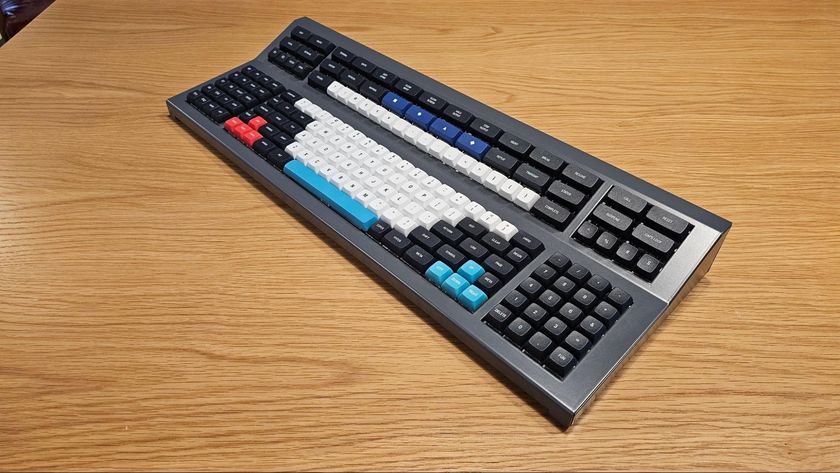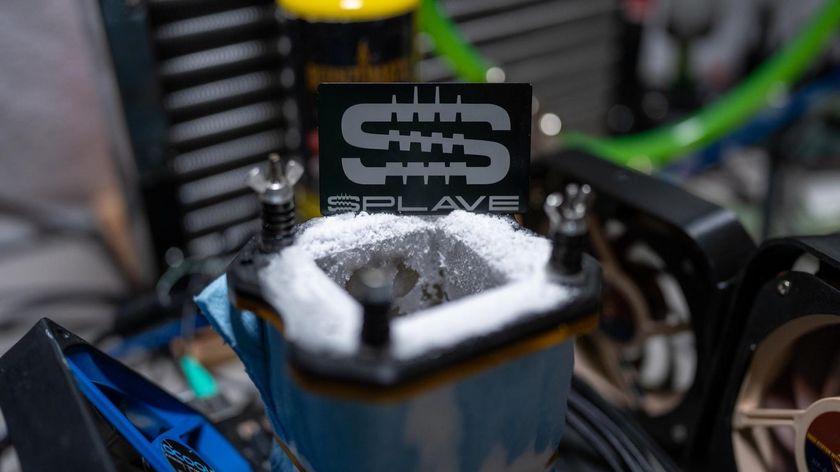Bluetooth: A Rundown
How It Works
Bluetooth communications are made on a frequency band of 2400-2483.5 MHz. The basic rate is 1 Mbps. As with IP communication, data is sent in packets controlled by data blocks. Depending on the state of traffic, senders and receivers can hop channels up to 1600 times per second. In addition to the destination address, the control blocks contain the frequency for the next packet. This need for ongoing control is the reason for the difference between the theoretical rate of 1 Mbps and the actual rate, which is at best 2 x 432 = 864 kbps.
Bluetooth networks are designed to link up to eight devices; this is referred to as a piconet. Each device is allocated a status of slave or master. The masters are in charge of organizing and steering communications, including those between two slave devices.
A master can also be divided into two separate piconets holding up to ten chained piconets. So in theory, we could link 8 x 10-8 gateway nodes, or 72 peripheral devices.

Lastly, and this explains the high cost of the chips, there are 20 different profiles and three types of links. Profiles control Bluetooth device behavior; links assign the modes of transmission between communicating devices. For instance, for a PDA to communicate with a cell phone, they must both have a modem layer and a voice/ data link, otherwise, even if they are both Bluetooth 1.1-certified, they will be totally unaware of each other.
Stay On the Cutting Edge: Get the Tom's Hardware Newsletter
Get Tom's Hardware's best news and in-depth reviews, straight to your inbox.












